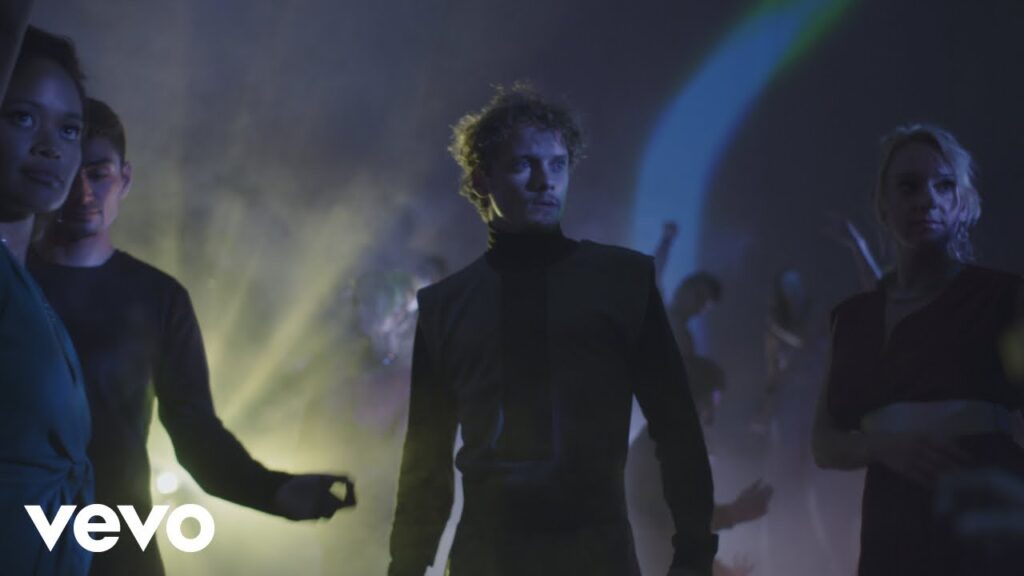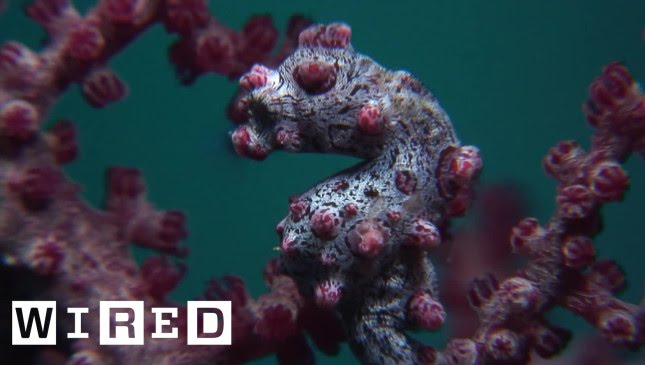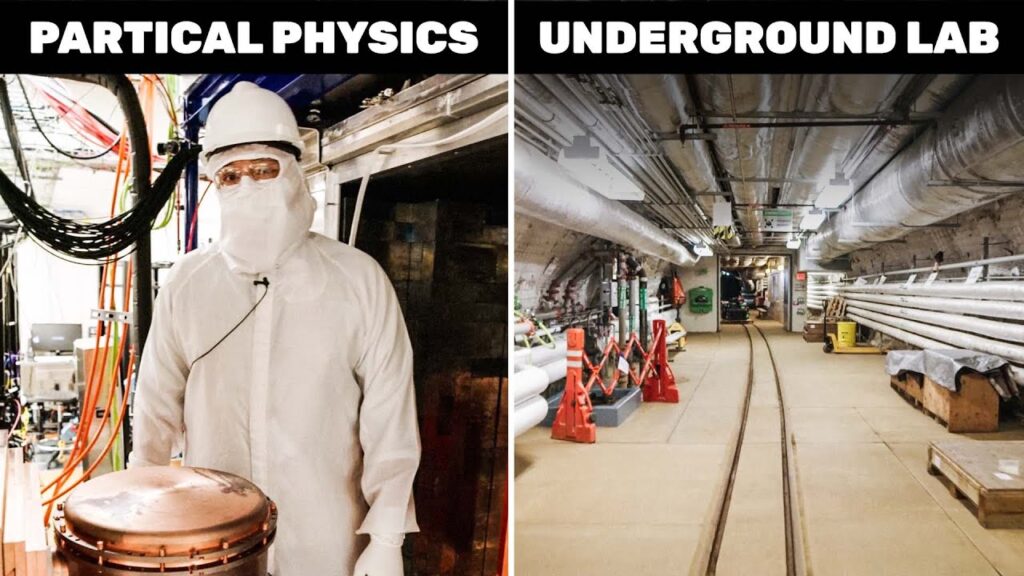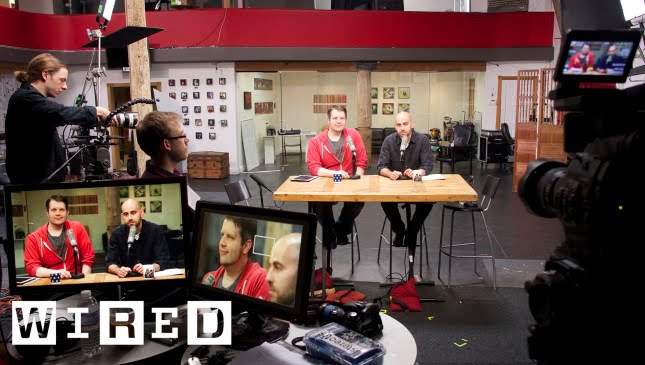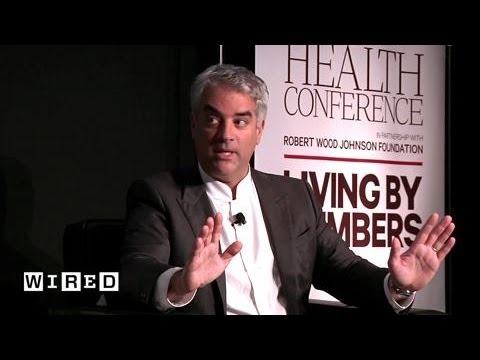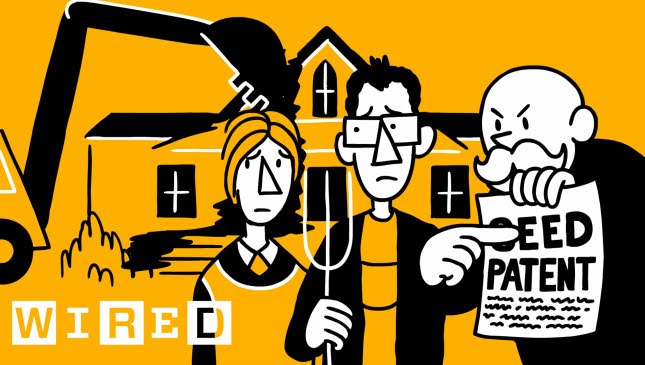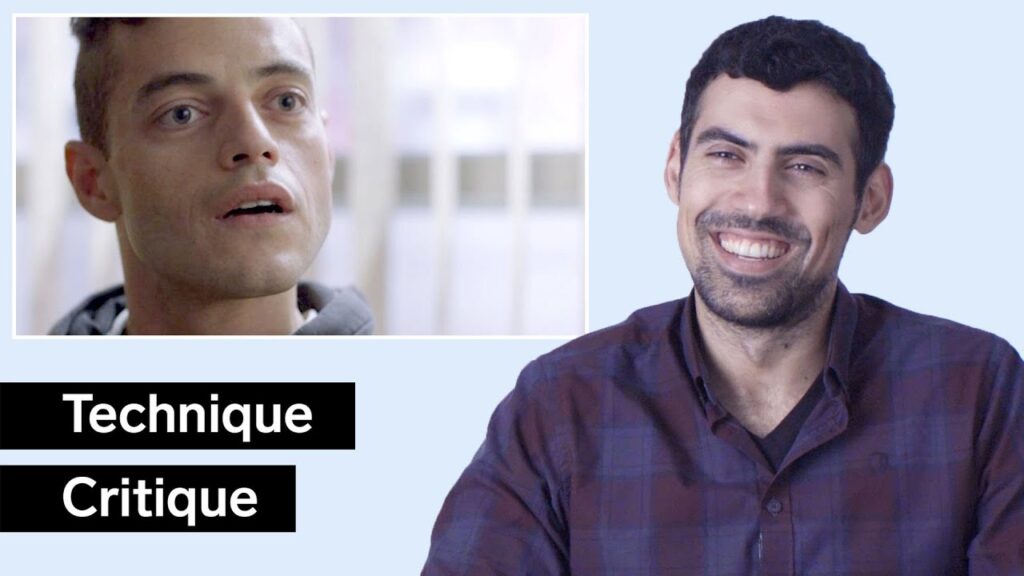Blade Runner, Sid Mead and the Future of Parking Meters
Summary
In this article, we explore the relationship between design, technology and the movies, through the lens of Blade Runner and the work of Sid Mead, the designer who brought the futuristic world of the movie to life. We examine Mead’s approach to creating a retrofitted, yet futuristic aesthetic, and how it influenced the design of everyday objects, such as parking meters. We also take a look at how technology has evolved since the movie’s release, and how cities are using it to create smarter parking systems, that are more in line with the needs of modern urban life.
Table of Contents
- Blade Runner’s vision of the future
- Sid Mead’s contribution to the movie’s design
- The retrofitted look of Blade Runner’s technology
- Parking Meters in Blade Runner
- The future of parking technology in cities
- The role of parking in urban development
- Conclusion
Introduction
Blade Runner is widely considered to be one of the most influential science fiction movies of all time. It’s vision of a dystopian future, where technology has advanced beyond all recognition, and humanity is struggling to adapt, has inspired countless filmmakers, designers and other creatives. At the heart of this vision is the work of Sid Mead, the designer who brought the intricate, immersive world of Blade Runner to life.
Q&A
Blade Runner’s vision of the future
Q: What was Blade Runner’s vision of the future?
A: Blade Runner envisioned a future where technology had advanced far beyond our current capabilities. In this world, we see flying cars, sentient robots, and towering skyscrapers that reach into the clouds. At the same time, however, this future is a bleak one, characterized by environmental decay, social decay, and a sense of impending doom.
Q: How did this vision of the future influence design?
A: Blade Runner’s vision of the future influenced design in a number of ways. It inspired a new wave of science fiction movies, that sought to replicate the immersive, gritty aesthetic of the movie. It also influenced the design of everyday objects, by demonstrating how technology could be incorporated into our surroundings in innovative ways.
Sid Mead’s contribution to the movie’s design
Q: Who is Sid Mead, and what was his role in Blade Runner?
A: Sid Mead was a designer and futurist who was responsible for much of the design work in Blade Runner. He was tasked with bringing the complex, layered world of the movie to life, and he did so by creating intricate, immersive sets and props that helped to transport the viewer into the future, and make them believe in this new world.
Q: What was Mead’s design philosophy?
A: Mead’s design philosophy was to create a retrofitted, yet futuristic aesthetic, that blended old and new technologies seamlessly. He believed that the future would not be a clean, sterile world, but a messy, complex one, that retained the traces of the past, as well as the promise of the future.
The retrofitted look of Blade Runner’s technology
Q: What is the retrofitted look of Blade Runner’s technology?
A: The retrofitted look of Blade Runner’s technology is characterized by a mix of old and new technologies. In the movie, we see everyday objects that have been modified to incorporate high-tech elements, such as neon lights, touch screens, and voice-activated controls. This gives the world of Blade Runner a sense of depth and complexity, and makes it feel like a real, lived-in place.
Q: How did this aesthetic influence real-world design?
A: The retrofitted look of Blade Runner’s technology influenced real-world design by showing how technology could be integrated into everyday objects in innovative ways. This approach has become increasingly popular in recent years, as designers look for ways to create products that are functional yet visually striking.
Parking Meters in Blade Runner
Q: What role did parking meters play in Blade Runner?
A: Parking meters played a minor role in Blade Runner, appearing only briefly in a few scenes. However, they were designed by Mead to look like futuristic vending machines, with lights, sensors, and other high-tech features, that made them feel like a natural part of the world of the movie.
Q: How have parking meters evolved since the movie’s release?
A: Since the release of Blade Runner, parking meters have evolved in a number of ways. In some cities, they now accept credit cards, debit cards, and mobile payments, making it easier for people to pay for parking. They also feature sensors embedded in the road, that can detect when a car is parked, and adjust pricing accordingly.
The future of parking technology in cities
Q: What is the future of parking technology in cities?
A: The future of parking technology in cities is likely to be heavily influenced by advances in artificial intelligence, smart sensors, and other emerging technologies. One example is the new system being piloted in Los Angeles, which allows drivers to locate available parking spaces via their smartphones. As cities become smarter and more connected, parking systems will likely become more efficient, user-friendly, and adaptable to changing demands.
Q: What role does parking play in urban development?
A: Parking plays a crucial role in urban development, as it can have a significant impact on traffic flow, air quality, and quality of life. Some cities are now experimenting with new models that prioritize bike lanes, pedestrian walkways, and green spaces over parking spots, in an effort to reduce congestion and improve public health.
Conclusion
Blade Runner and the work of Sid Mead have had a profound impact on design and technology, not just in movies, but in the real world as well. By creating a retrofitted, yet futuristic aesthetic, Mead demonstrated how everyday objects could be transformed into high-tech marvels, and how design could serve as a bridge between the past and the future. As cities become smarter and more connected, we can expect the influence of Blade Runner to continue, shaping the way we live, work, and play in the urban environments of tomorrow.
